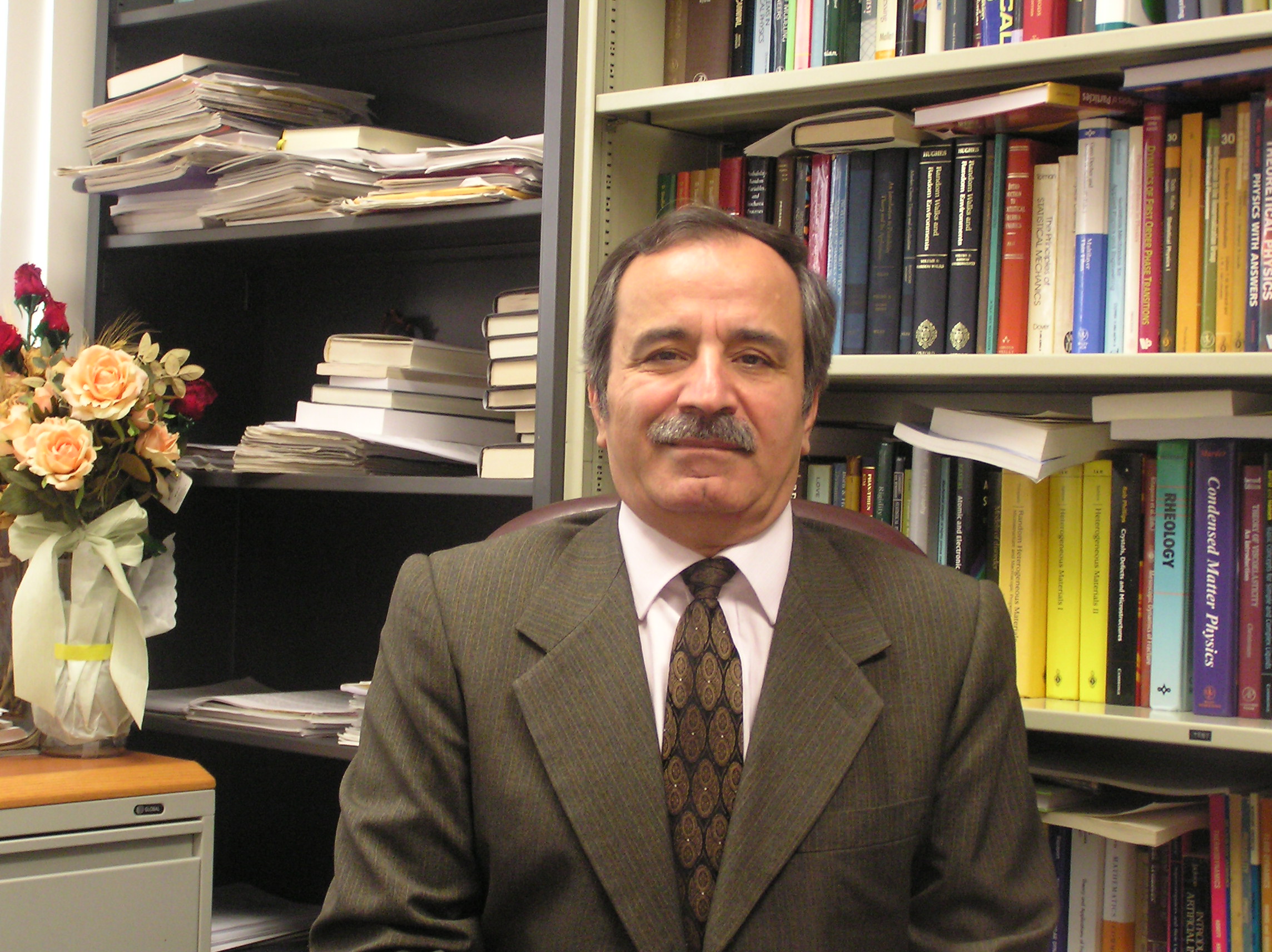- October 28, 2020
- Posted by: SebastianRiedel
- Category:
Lecturer 2021:
Professor Dr. Muhammad Sahimi
University of Southern California, Los Angeles
Bio
Muhammad Sahimi is Professor of Chemical Engineering and Materials Science, and the NIOC Chair in Petroleum Engineering at the University of Southern California in Los Angeles. He received his B.S. degree from the University of Tehran in 1977 and his Ph.D. from the University of Minnesota in 1984, both in chemical engineering. He joined USC in 1984, and was the Chair of his Department from 1999-2005. His research interests include flow, transport, reaction, adsorption and deformation in porous media, characterization of fracture network of rock, transport of fluid mixtures in membranes, and transport of fluids and macromolecules in nanostructured materials. He has published over 400 papers and 4 books, and has received several teaching and research awards, including the Interpore’s Honorary Member Award for Lifetime Achievements.
Prof. Sahimi can address one of the following topics in detail during his lecture at individual organizations:
• Use of wavelet transformations for characterization, modeling, and upscaling of porous media
• Multipoint geostatistical modeling of porous media
• Swelling and deformation of porous media
• Atomistic modeling of nanoporous membranes
Title of the lecture:
Porous Media, Small and Large: From Atomistic Modeling of Nano-porous Membranes to Modeling of Flow and Transport in Geological Formations
Flow, transport, reaction, adsorption and deformation (FTRAD) constitute a fascinating set of phenomena that occur in a wide variety of porous media and materials over widely disparate length scales, from molecular, to pore, core, and field scales. In this presentation four classes of fundamental problems are described and the approaches to their modeling are discussed. We first describe a process-based modeling of fabrication of a nano-porous membrane based on quantum mechanical calculations and molecular dynamics simulations. We then outline a general approach to modeling of adsorption and swelling of several types of core-scale porous materials. Next, the problem of reconstruction of porous materials and media based on limited data, such as their two- or three-dimensional images is described, and a new method based on curvelet transforms for speeding up simulation of the FTRAD in such images is discussed. Finally, the problem of upscaling from core to field scale is described and a multiresolution approach to the problem based on wavelet transformations is discussed.
For more Information please see our KC Lecturer 2021 Flyer


